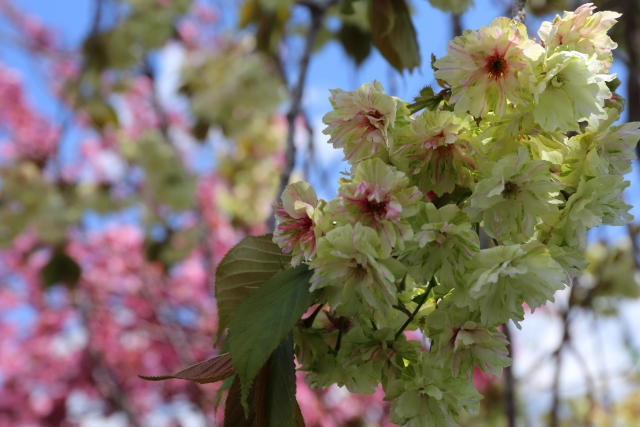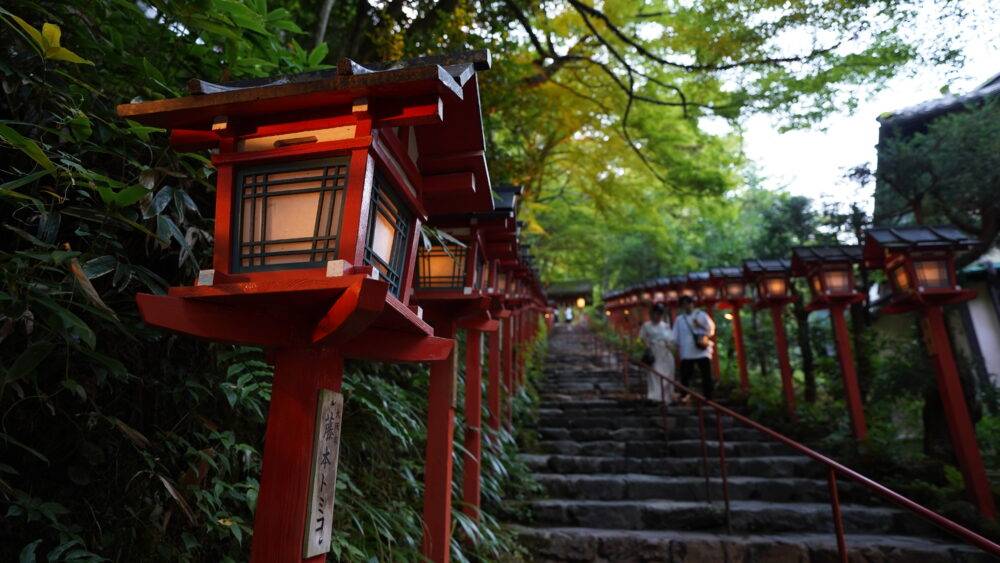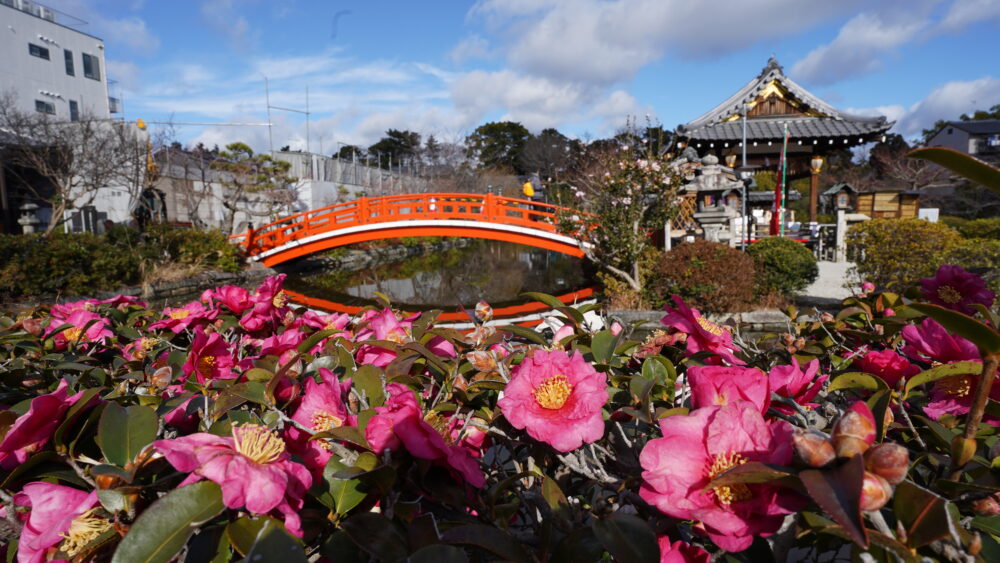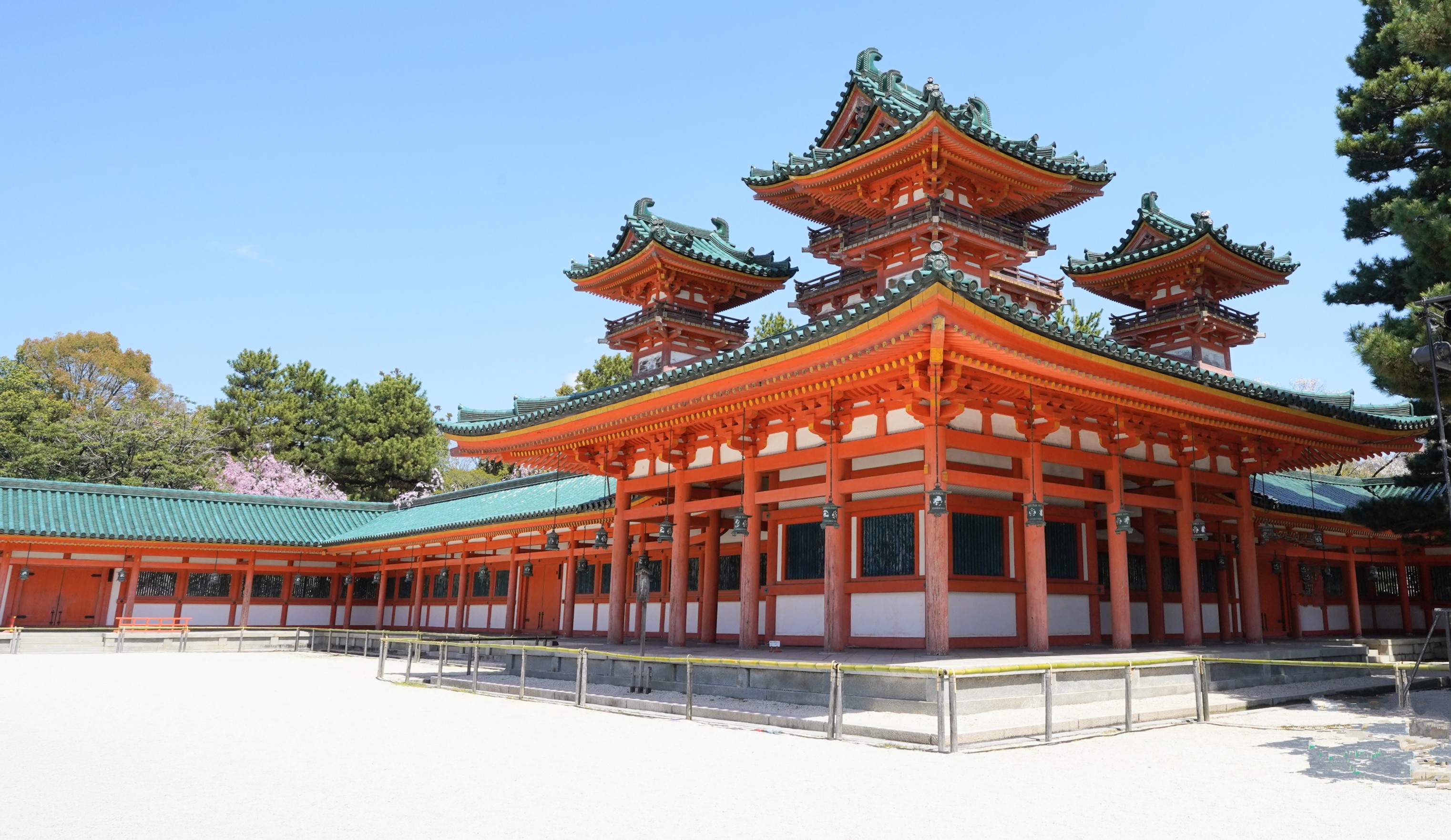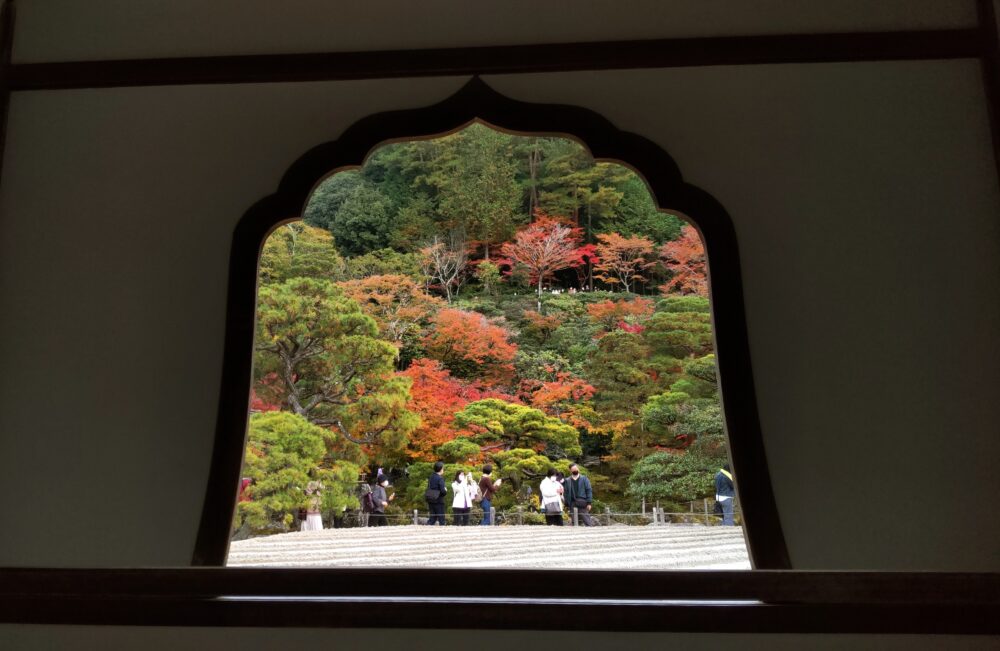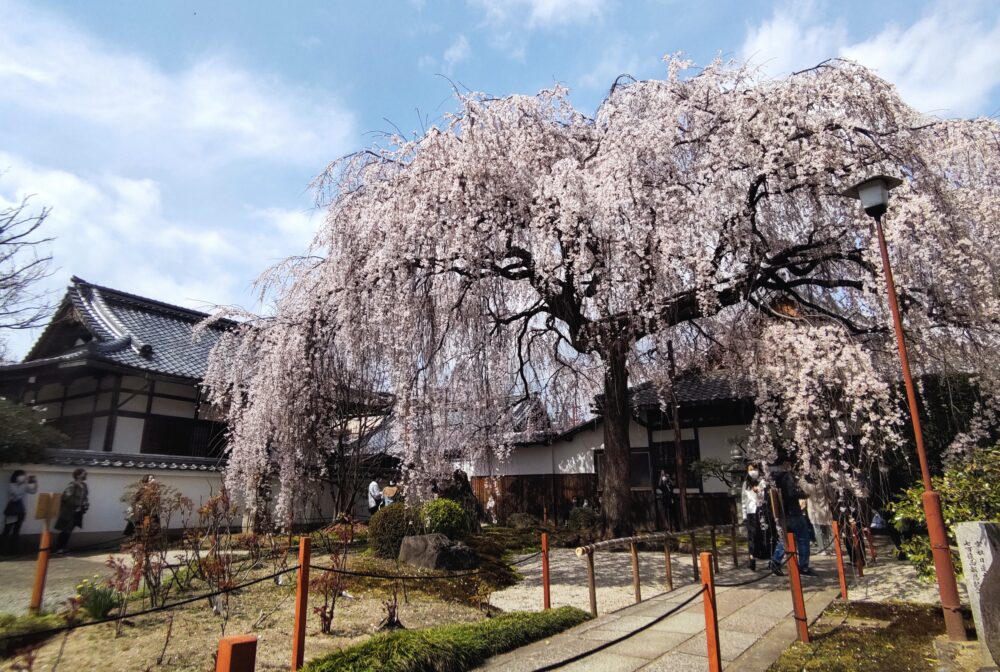Rozan-ji temple : Exploring the Tale of Genji
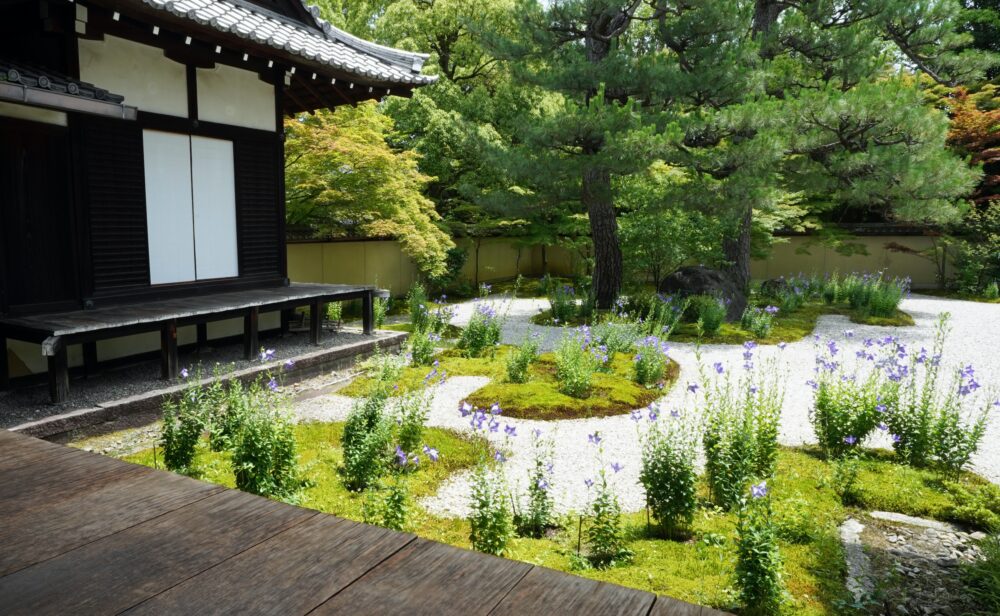
Rozan-ji is a Tendai Buddhist temple located in northern part of Kyoto city. It is famous for being the place where Murasaki Shikibu, the author of the Japanese classic novel “The Tale of Genji”, have lived and written during the mid-Heian period, around 1000 years ago. This temple has gardens and exhibits, related to “The Tale of Genji”, making it a must-see for fans of the work. Additionally, the temple is renowned for its long-blooming bellflower that can be seen from June to September , attracting many visitors during this period.
Rozan-ji Temple is located near the Kyoto Imperial Palace, making it a popular spot for visitors to the palace to visit afterwards. Here are some tips for enjoying your visit to Rozan-ji Temple
What is the Tale of Genji
The Tale of Genji is a Japanese novel dated to the early 11th century and written by noblewoman Murasaki Shikibu. It is considered by some to be the oldest novel in Japan. The novel tells the story of Genji, a prince who is born into a royal family but is exiled from the court. The novel follows Genji’s life as he travels through Japan, has many love affairs, and eventually returns to the court.
History
Rozan-ji Temple was originally built on the south side of Mt, Funaoka in Kyoto around 940 by Ryogen who the 18th chief abbot of Enryaku-ji Temple. In the late 16th century, this temple was moved to its current location where Murasaki Shikibu lived and wrote The Tale of Genji during the Heian period.
However, due to repeated fires, parts of the Rozan-ji temple were burned down. In order to rebuild it, parts of the Sento imperial palace , which is residential building for retired emperors, were replaced in 1794 to construct the main hall and the Buddha altar room.
Features
Despite its small size, Rozan-ji Temple is a place of great beauty and wonder, captivating visitors with its unique charm and atmosphere.
Ganzandaishi Hall
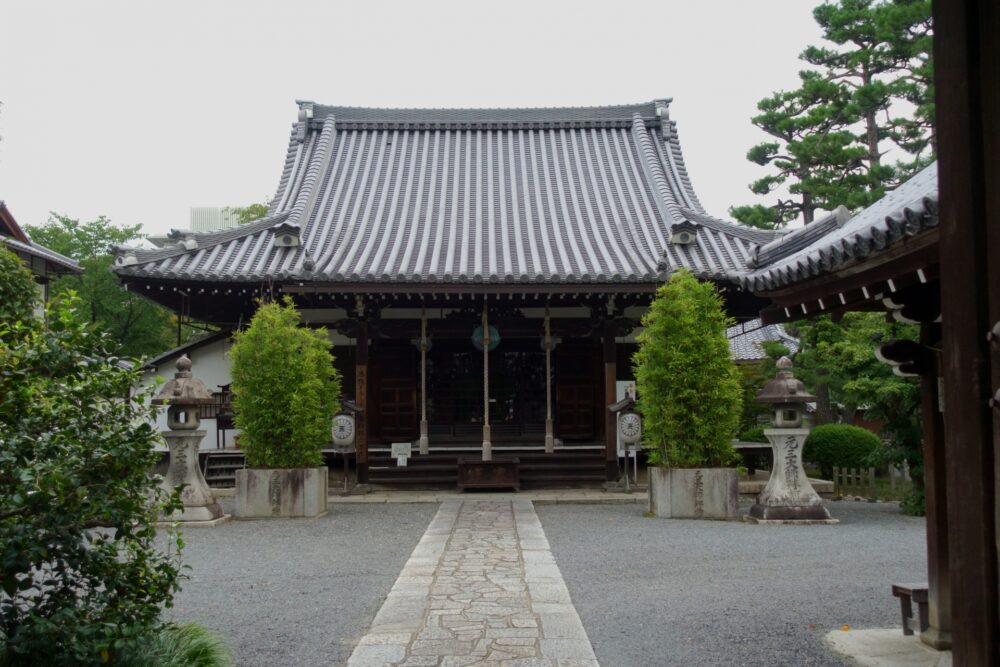
The Ganzandaishi Hall is a building located on the center of Rozan-ji Temple. It is dedicated to the Buddhist monk Ryogen, generally known by the Ganzandaishi, who is considered a restorer of the Tendai school of Mahayana Buddhism.
There is an altar with doors enshrining the Ryogen in the back of the Hall. The Ganzandaishi Hall is not normally open to the public, but it is open for special events and on certain days of the year.
Genji no niwa Garden

There are two gardens that express the world of The Tale of Genji. The photo above shows one of them, the Karesansui garden (Japanese dry garden) composed mainly of white granite gravel and moss, which can be viewed from the veranda. The moss with rounded, bordered edges represents clouds, and in the center of garden is a monument to Murasaki Shikibu. This garden is planted with flowers associated with the story of Hikaru Genji. The ballon flowers, named after their balloon-like buds, are in bloom with purple star-shaped petal, gracing gardens from June to September. Moreover, there are special trees; two black pines symbolizing longevity, and a Tachibana (mandarin orange tree) that has been propagated from cuttings taken from the garden of the Kyoto Imperial Palace.
In the inner garden, located behind the reception desk, trees related to the names of women appearing in The Tale of Genji are planted, such as plum, azalea, and bush clover. These trees bloom beautifully in each season.
Statue of Murasaki Shikibu
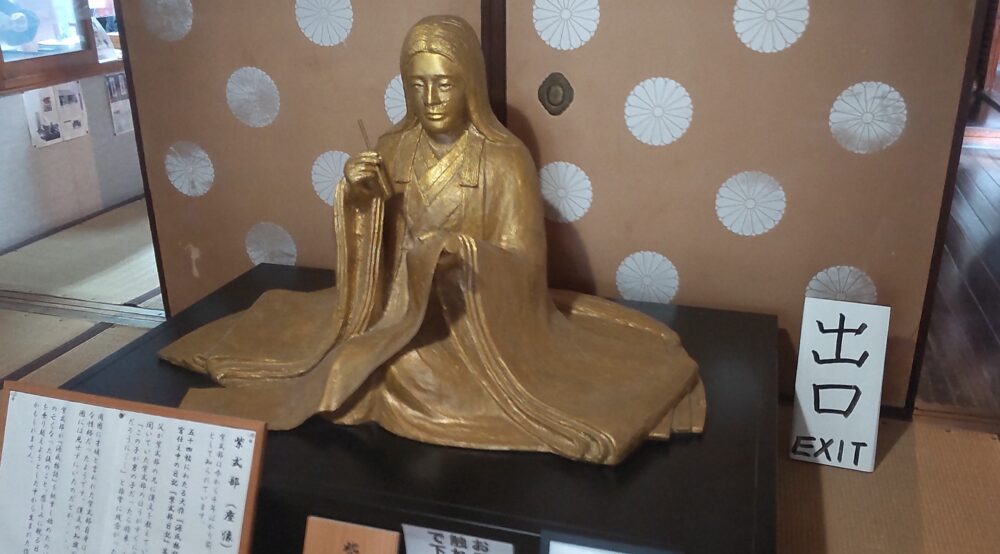
A statue of Murasaki Shikibu covered in gold leaf sits in front of the reception desk. It is said that Murasaki Shikibu spent most of her life here with her only daughter and wrote The Tale of Genji and The Diary of Lady Murasaki.
Hondo( Main hall )
The main hall stores a number of precious temple treasures related to Murasaki Shikibu and The Tale of Genji, such as Genji scrolls “Monogatari Emaki”, a replica of Murasaki Shikibu’s diary, and shell-matching games depicting scenes from The Tale of Genji.
Information
Open Hours
| Period | Time |
|---|---|
| Normal days | 9:00 – 16:00 |
| Special Viewing Period (January 6th to March 18th) | 10:00 – 16:30 (The reception close at 16:00) |
※During the special viewing period, this temple will open to the private areas and items, including the Ganzandaishi Hall the seated statue of the Sandaishi, the standing statue of the Demon Daishi, and the memorial Buddha of Akechi Mitsuhide, among others.
Regular holiday
January 1st, February 1st to February 9th and Mach 3rd
Entrance fee
| Period | Price |
|---|---|
| Normal days | Adult : 500yen Elementary and junior high school students : 400yen |
| Special Viewing Period (January 6th to March 18th) | Adult : 800yen Elementary and junior high school students : 400yen |
Adress
397 Kitanobecho, Kamigyo Ward, Kyoto, 602-0852
Link & Resorce
Official site
Rozan-ji temple(Japanese text)
